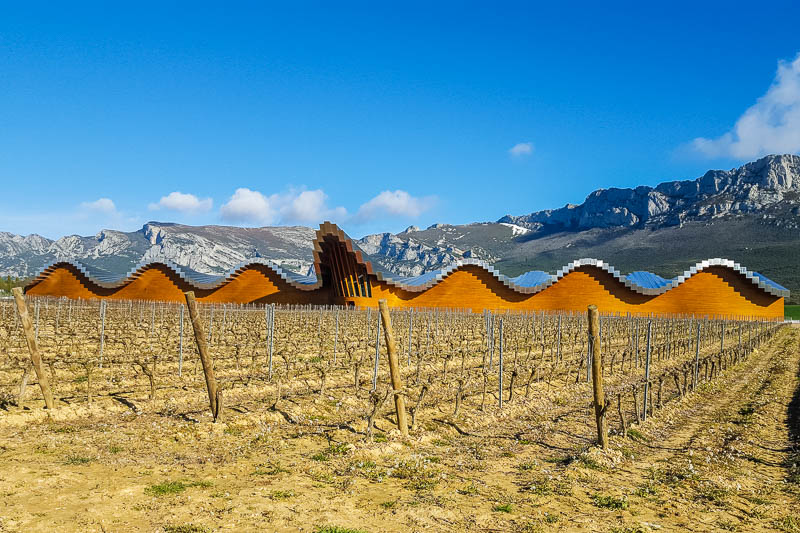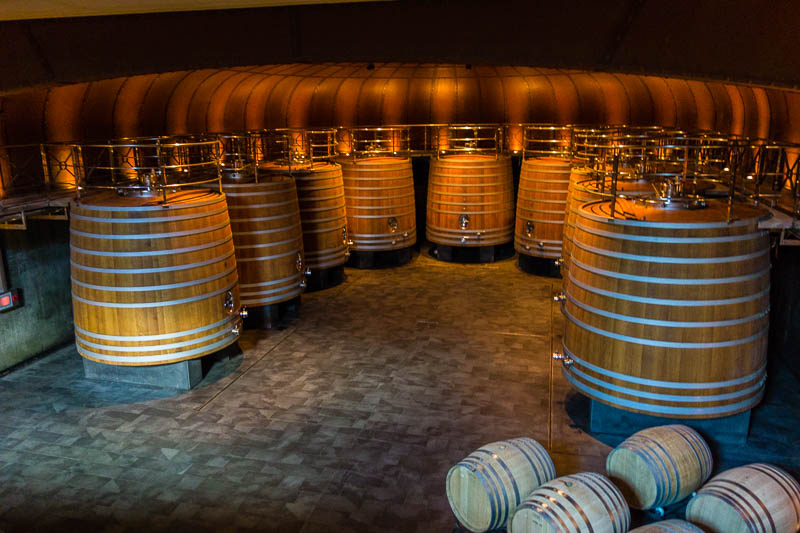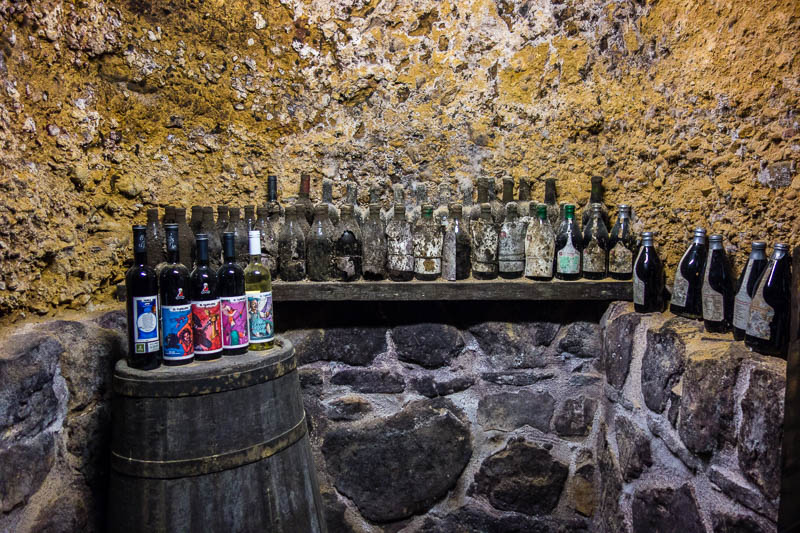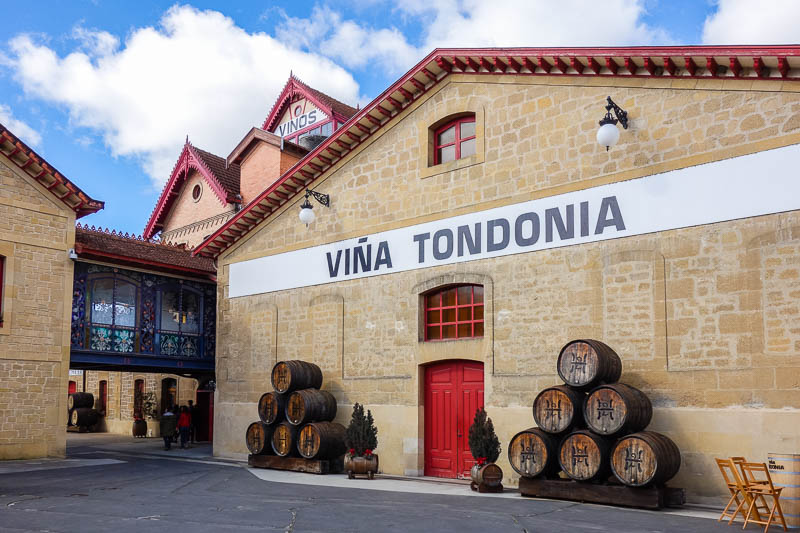LA RIOJA | At The City Lane we’ve always been big fans of Spanish wines. In particular, we have long enjoyed wine from Spain’s largest demarcated wine region, La Rioja. We decided we had to go straight to the source to experience this impressive wine first hand. The origin of name of the region Rioja is thought to come from the river Oja that runs through the area (the Spanish for river is “rio”). La Rioja cuts through three Spanish provinces, Navarre, Alava, and the Basque Country. La Rioja is divided into three main parts from the low lying areas (Baja) to the Alavesa, and the highest area (Alta). In Rioja, we learned about the three major types of Spanish wine, joven, crianza, and reserva (young to old respectively).
During our drive through the region, we relished in the beautiful countryside with black wooden bulls dotting the landscape.

Throughout our drive we noted signs indicating we were on the “Camino del Vino Ruta”, or the wine route in English. Our first winery (or “Bodega” in Spanish) of the day was Dinastia Vivanco (Carretera Nacional, km 232, 26330 Briones, La Rioja, Spain). The facility is state of the art and run by a family with a long tradition of wine making and offers a full museum on the art of wine making. We used the audio guide to follow on in the Spanish speaking tour (€12.00 with two wines). The winery was extremely busy on the Easter holiday weekend so we were lucky to get a spot on the tour. The Bodega uses natural techniques like gravity and organic methods of circulation in its wine making. All the wine we tried in La Rioja was fantastic but that comes as no surprise as Bodegas have to submit to their wine to government taste testers for approval to keep their designation annually.

We stayed in the charming walled city of LaGuardia when in the region. The small town is loaded with bodegas and pintxos bars. We enjoyed another tour at El Fabulista (€7.00 with two wines) (San Juan Plaza, 01300 Laguardia, Alava, Araba, Spain). The tour of Fabulista allows the visitor to step back in time. Our tour guide, Fernando Alonso, was excellent. Fernando explained that much of the medieval city was once connected by underground tunnels and the Fabulista cellars are some of the last remaining remnants of that time. The underground cellars offer natural humidity and temperature control and traditional wine making methods like stomping on the grapes are still used. The winery is very small and doesn’t export so we took an opportunity to buy a unique organic wine to take home.

During our walk around town we stopped into the San Juan Bodega which stays open late for tastings. We missed the English tour but took the opportunity to have a brief conversation with the owner that allowed us to practice our Spanish. This Bodega is another example of a winery that uses of old fashioned techniques.
In LaGuardia, we enjoyed a memorable evening hopping from bar to bar sampling local wines and pintxos. There were no other obvious English speaking tourists and we really enjoyed the vibe of this charming old town. Heading out of La Rioja we drove towards the town of Haro which features of concentration of well known bodegas. We especially enjoyed the tasting experience at Roda, which was our favorite wineries in the region. At Roda, you are able to enjoy your wine down in the underground cellars.
Some really heavy hitting architecture dots the Rioja landscape. We passed by wineries designed by Santiago Calatrava (Ysios) and Frank Gehry (Marques de Riscal). The tasting room a R. Lopez de Heredia Vina Tondonia, one of the oldest wineries in Rioja, was designed by the world famous female architectural pioneer Zaha Hadid. The tasting room looks like a decanter from the outside but still retains the old fashioned wooden bar inside the very modern building.

We were really impressed by La Rioja. Not only were the wines fantastic, which we expected, but we were able to try many wines not available outside of the region, and were surprised by the mixture of modern and old architecture of the various wineries. A part of the world that’s well worth visiting.

